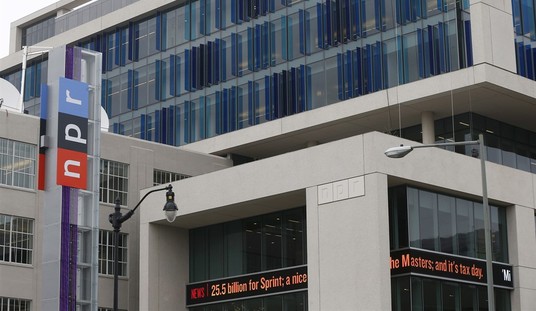All of it. That's according to New York Times columnist and catty teenage Mean Girl Paul Krugman, who -- without a shred of irony -- devoted his latest
Advertisement
Recommended
Advertisement
When President Obama began pushing national health care legislation in 2009, he argued that reform was needed to rein in the unsustainable growth in health care spending that was crippling the budgets of businesses, states and the federal government. But a new government actuarial study finds that as a result of the law, health care spending will be $478 billion higher over the next decade than it would have otherwise been had no law been passed.
(2) Obamacare's overall price tag (via CBO):
When President Obama was selling his health care legislation to Congress, he declared that “the plan I’m proposing will cost around $900 billion over 10 years.” But with the law’s major provisions set to kick in next year, a new analysis by the Congressional Budget Office projects that the law will cost double that, or $1.8 trillion.
and...
It turns out that, even when you compare the years that are common to each CBO report, a clear trend emerges. Today, the CBO believes that Obamacare will spend more money, raise more tax revenue, and reduce the deficit less than the agency thought in 2010. And things could get worse.
Advertisement
(3) Premium costs to average consumers (via National Journal's independent analysis):
For the vast majority of Americans, premium prices will be higher in the individual exchange than what they're currently paying for employer-sponsored benefits, according to a National Journal analysis of new coverage and cost data. Adding even more out-of-pocket expenses to consumers' monthly insurance bills is a swell in deductibles under the Affordable Care Act...Whether the quality of care in the new market is comparable to private offerings remains to be seen. But one thing is clear: The cost of care in the new market doesn't stack up. A single wage earner must make less than $20,000 to see his or her current premiums drop or stay the same under Obamacare, an independent review by National Journal found. That's equivalent to approximately 34 percent of all single workers in the U.S. seeing any benefit in the new system...Fewer than half of all families and only a third of single workers would qualify for enough Obamacare tax subsidies to pay within or below those averages next year.
and...
Healthy consumers could see insurance rates double or even triple when they look for individual coverage under the federal health law later this year, while the premiums paid by sicker people are set to become more affordable, according to a Wall Street Journal analysis of coverage to be sold on the law's new exchanges...The lower boundary is particularly important because the government wants to attract healthy people to the exchanges, and they may choose to pay a penalty and take the risk of going without coverage if they believe they can't get an acceptable deal.
Advertisement
See? "All" the recent news on health costs has been good. In the same sense that all of Paul Krugman's columns are insightful, respectful and well-researched.
UPDATE - Krugman should take his good news schtick to the AFL-CIO, and see how it's received. Does he read his own newspaper? Plus, Avik Roy addresses this question in greater depth. His bottom line conclusion: "It's not complicated; Obamacare increases premiums for most people."
























Join the conversation as a VIP Member